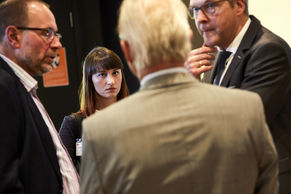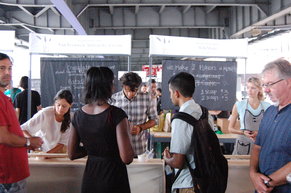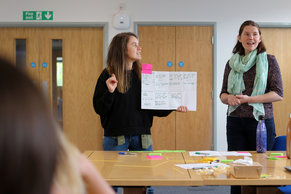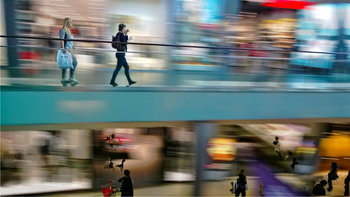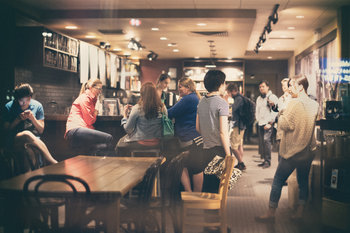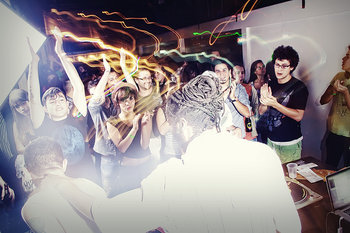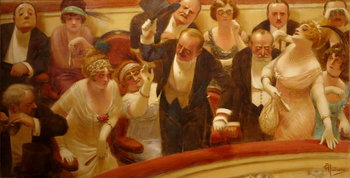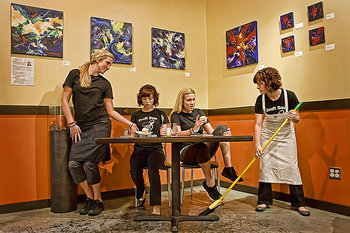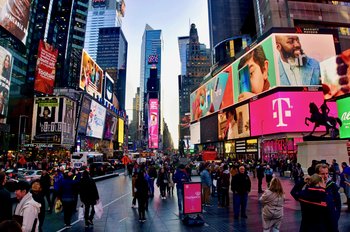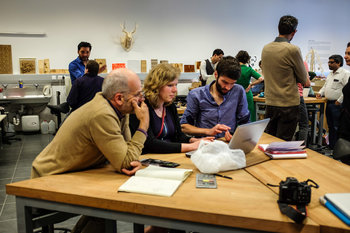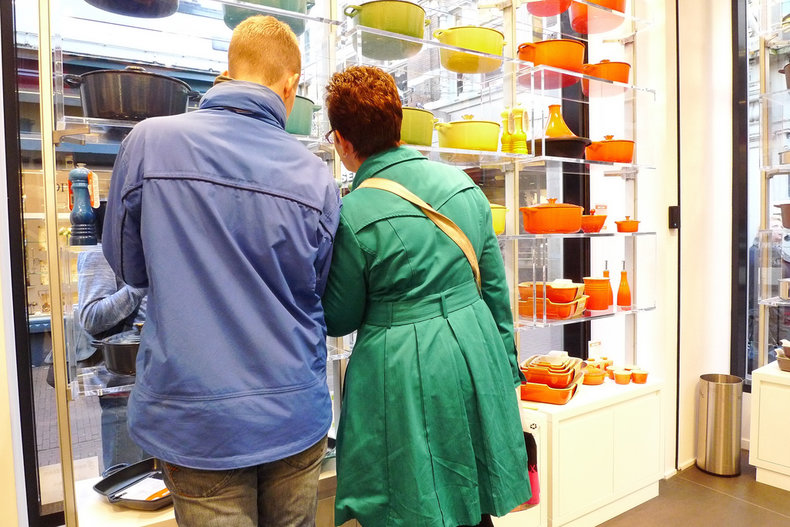
Product research | Impulse buying |
Brand loyalty | Brand switching |
Comparison shopping | Reading reviews |
Writing reviews | Post-purchase regret |
Complaining on social media | Browsing without intent to buy |
Coupon clipping | Word of mouth |
Product returns | Joining loyalty programs |
Sharing product experiences in social media | Abandoning shopping carts |
Checking products in shop but buying online | Reading product labels |
Customer feedback | Cross-buying |
Adopting new technologies | Wishlist creation |
Price watching | Response to sales |
Product and industry enthusiasts | Customer advocacy |
Sharing discount codes | Product customization |
Buying local | Preference for personal attention |
Preference for self-service | Variety seeking behaviors |
Seeking advice before a purchase | Watching video reviews of products |
Charitable purchases | Status seeking |
Preference for environmental products | Cautious spending |
Gift giving related shopping behaviors | Resale shopping |
Buying limited-edition products | Avoiding subscriptions and commitments |
Reviewing terms and conditions | Influenced by influencers |
Trying free products | Seasonal shopping patterns |
Only buying sale items | Price insensitivity and buying when convenient |
Asking for assistance | Worrying about an order |
Needs
The process by which customers decide they need something. For example, a customer who decides they need new cookware after watching a cooking show that featured a new technology.Motivation
A customer's fundamental drives. For example, a customer who plays video games in order to enjoy a sense of epic meaning.Search
The process that a customer uses to discover and research products. For example, a customer who uses an ecommerce tool to search for products that have good reviews.Purchasing Decisions
How a customer decides which product to buy. For example, a bicycling enthusiast who researches every detail of a purchase such that they are more likely to buy products that provide rich details about design and performance.Customer Loyalty
Why customers stick to a product such that they make repeat purchases and why they leave. For example, a customer who buys the same shampoo for 4 years but gets inspired to try something new after they find their regular product is out of stock at their local supermarket.Technology Adoption
Why customers decide to take the leap to try a new technology or innovation. For example, a customer who prides themselves as being an ethical consumer who is often amongst the first to try a new product that reduces damage to the environment.Price Sensitivity
How customers feel about prices in a particular product category. For example, a customer who views ice cream as a luxury because they rarely consume sweets such that they are price insensitive and likely to buy the most expensive item on the shelf.Perceptions
Customers perceptions of things such as brands, quality, reputation, value and risk. For example, a customer who feels it is a big risk to buy a product that has no reviews on a particular ecommerce site.Product Use
How customers use products and services. For example, why a customer stays engaged with a mobile app.Post-Purchase Evaluation
How customers feel about past purchases and why. For example, a customer who swears they will never fly on a particular airline again after they receive poor customer service.Word of Mouth
How and why customers share information with others such as product reviews, complaints and recommendations.Summary
The following are common types of customer behavior.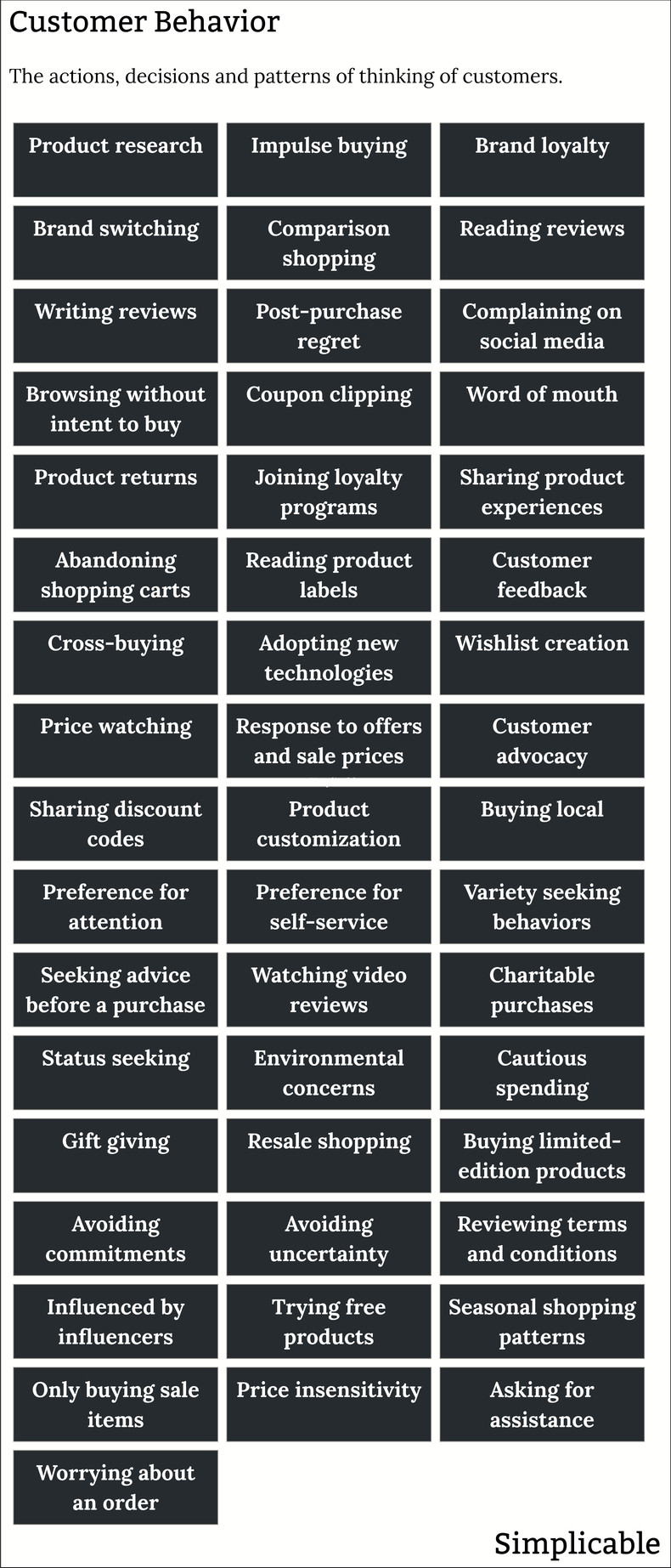
Overview
Customer behavior is personal and differs widely between customers. For example, some customers prefer personal service and attention while others prefer self-service.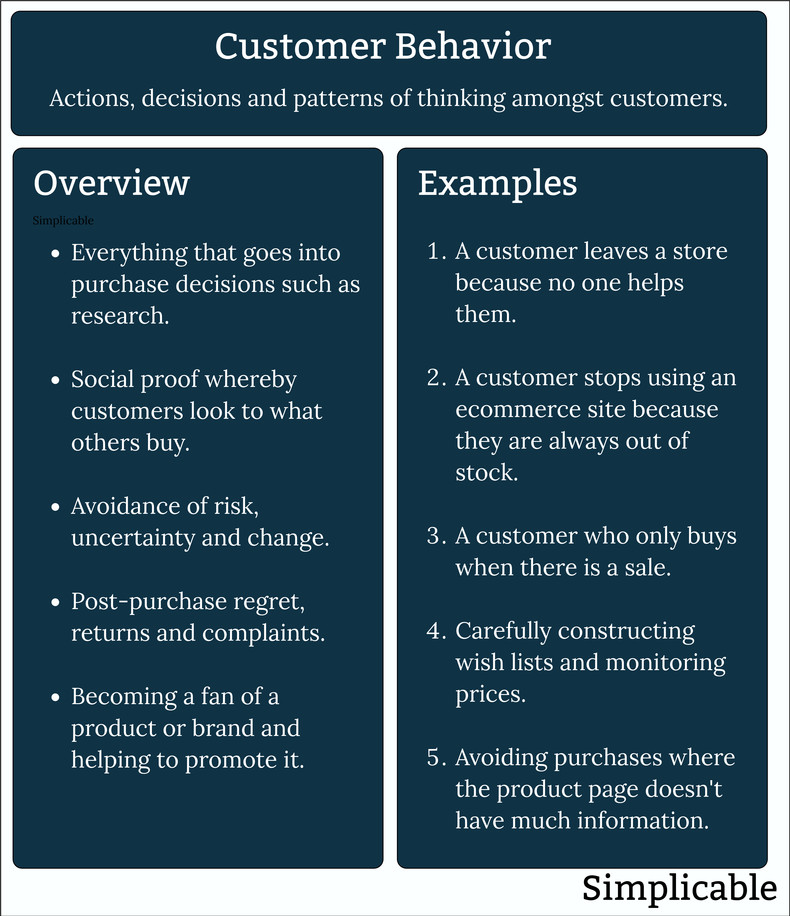
| Definition: Customer Behavior | ||
Type | ||
Definition | Patterns of customer thought and action that are relevant to marketing. | |
Also Known As | ||
Related Concepts | ||





